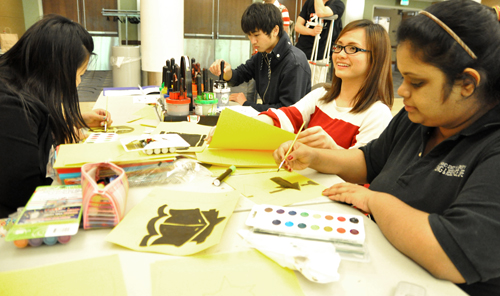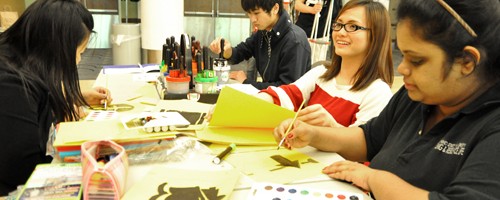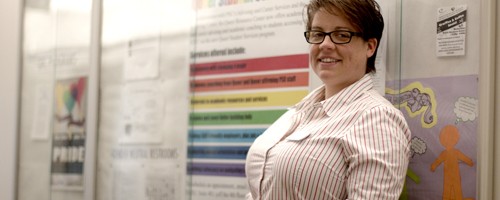India and Pakistan. China and Taiwan. Iraq and the United States.
Bringing countries together
India and Pakistan. China and Taiwan. Iraq and the United States.
Seeing these countries’ names put together, it’s easy to see the conflicts that exist between them. But at Portland State, when students from these countries come together, conflicts can be forgotten.

At PSU, international students are assigned a mentor, a third of which are from the U.S., the rest seasoned international students.
Right now, a student from China is paired with one from Taiwan and a student from India with one from Pakistan.
Since they’re away from home, they automatically have something in common, said Anna Gindlesperger, an international student life advisor at PSU.
“When they come here, they relate with each other by being international,” Gindlesperger said. This gives them something they can talk about or focus on while they build their relationship and become friends.
But it doesn’t always work out that way, particularly at other schools.
In mid-June, The Chronicle of Higher Education published an article about the work of Elisabeth Gareis, an associate professor of communication studies at Baruch College. Her study stated that one in three international students say they have no close U.S. friends.
PSU tries to combat that by providing an abundance of resources to international students and by helping them make friends, both from the U.S. and from other countries around the world.
Jill Townley, associate director of the Office of International Affairs at PSU, said that since it can be a challenge for international students to make American friends, the school tries to make those connections happen. “Our office is kind of a gateway to the university,” she said.
Besides the mentor program, international students attend an orientation when they arrive on campus. Sarah Kenney, an international student life advisor, leads the students through an introduction to the university, which includes legal details, how the community works and the resources that are available to them.
After the main orientation, Kenney holds smaller, ongoing orientations that take place every week. Each of these optional meetings has some sort of workshop or activity that students are encouraged to participate in.
“It’s a time where students can find out what it takes to make an American resumé, or how to work on their accent or something else like that,” Kenney said.
Gareis discovered that many of the students with few American friends were from China or East Asia. Conversely, most of the students who said they were happy with their number and quality of American friendships were from English-speaking countries.
“PSU has a large population of Arabic or other Middle Eastern students. These countries are never addressed in the survey,” Townley pointed out. She believes that these students have a similar problem to those from East Asia.
“I think those students that have a better grasp of English and have less of an accent sometimes seem to make friends easier,” Townley said. “So language can definitely be a division.”
But another large barrier is simply different cultures.
“It’s important to remember that some students, although they would like American friends, they really like being with people from their country,” Kenney said. “And they’re in a different culture, so they embrace an American culture, and an American education system, but sometimes their closest friends are going to be people with whom they share a culture.”






